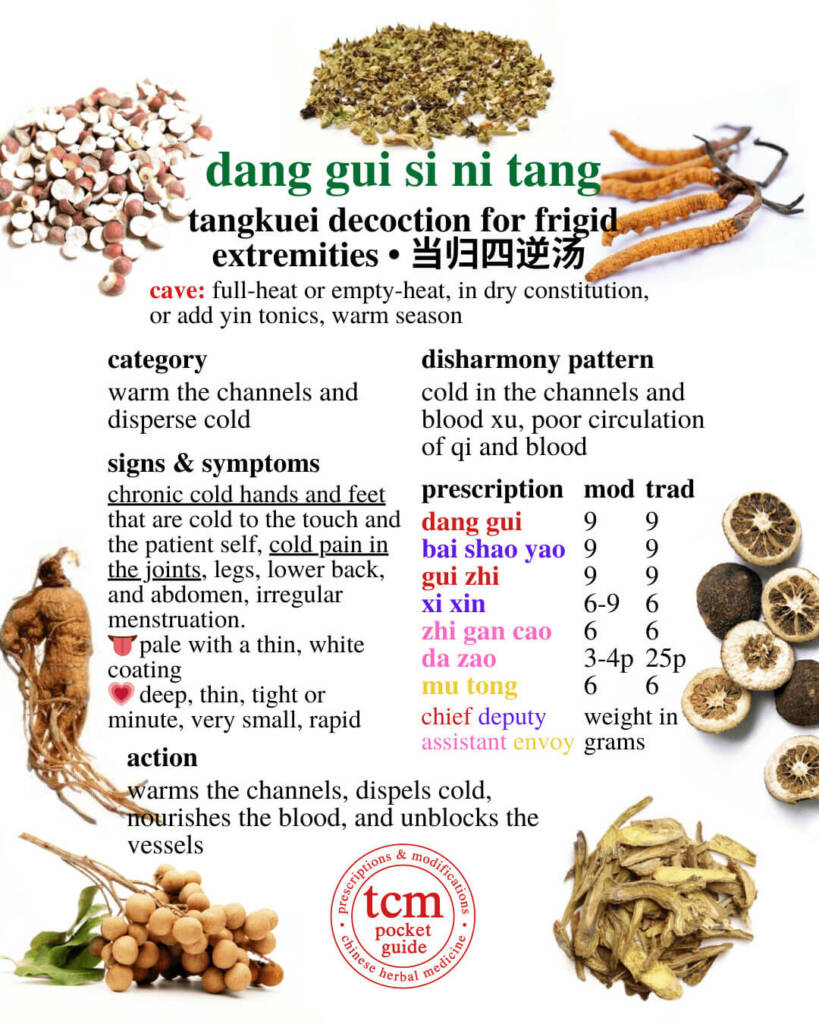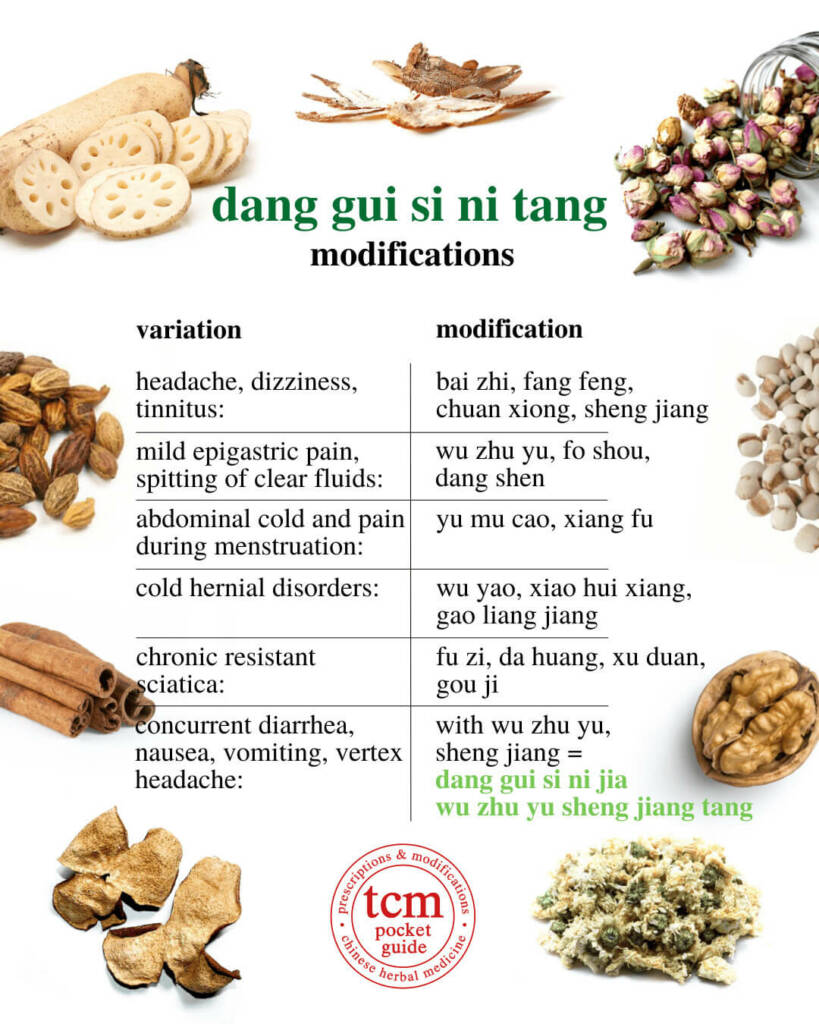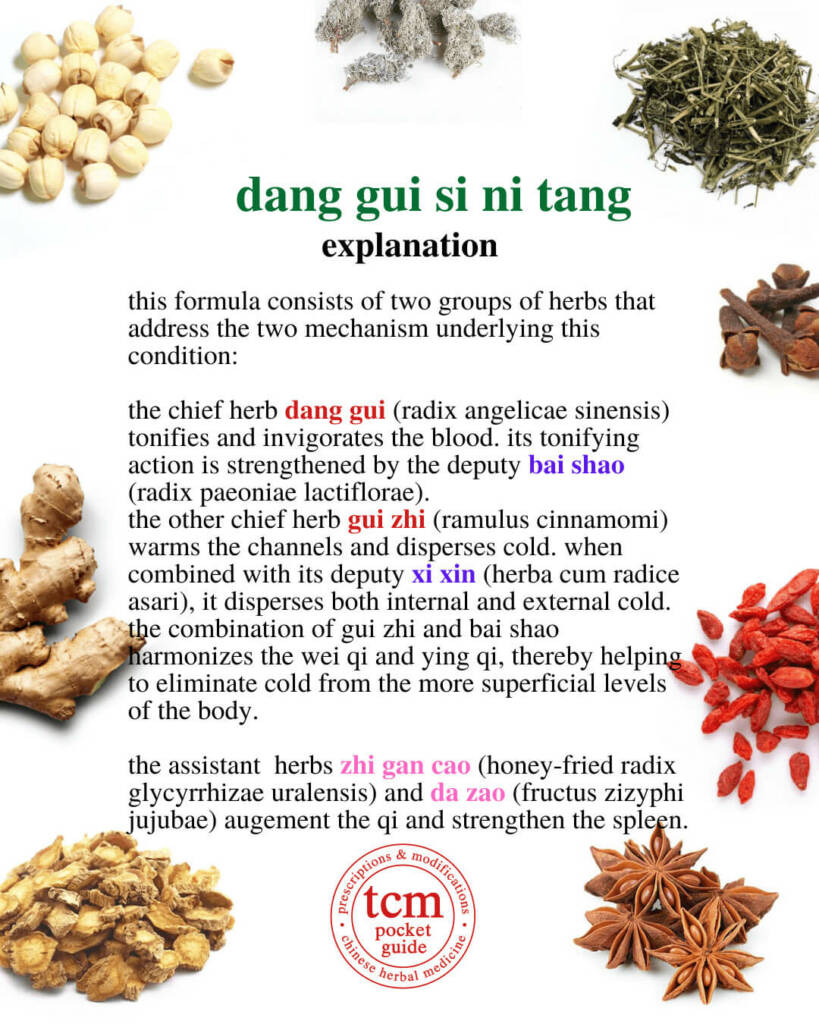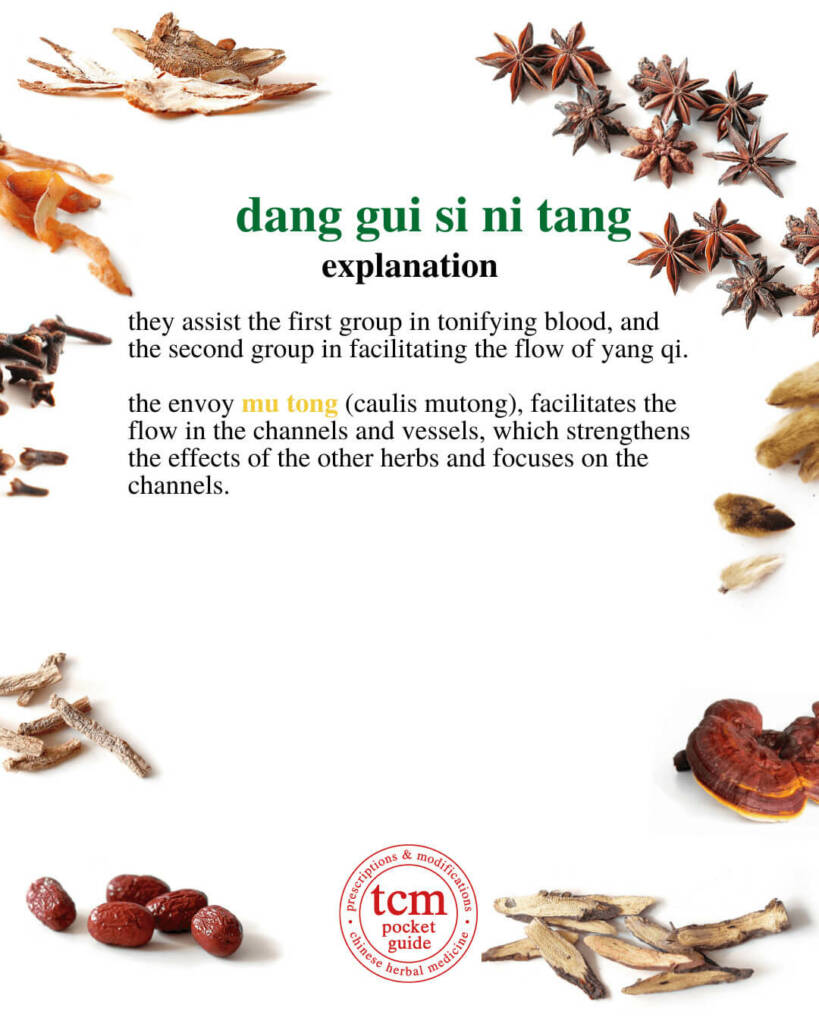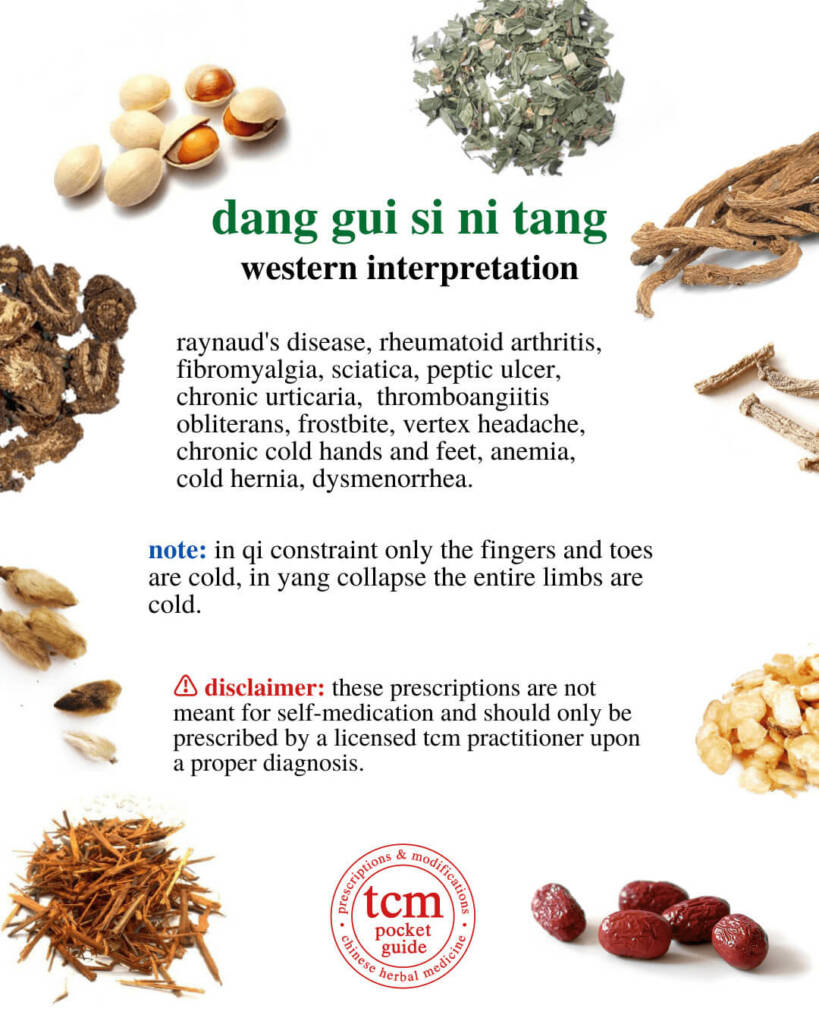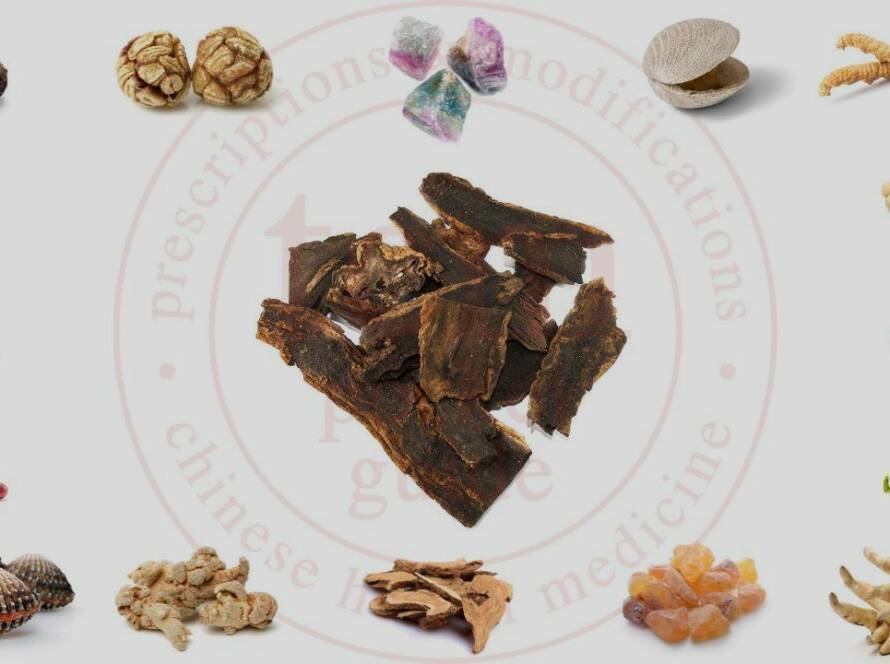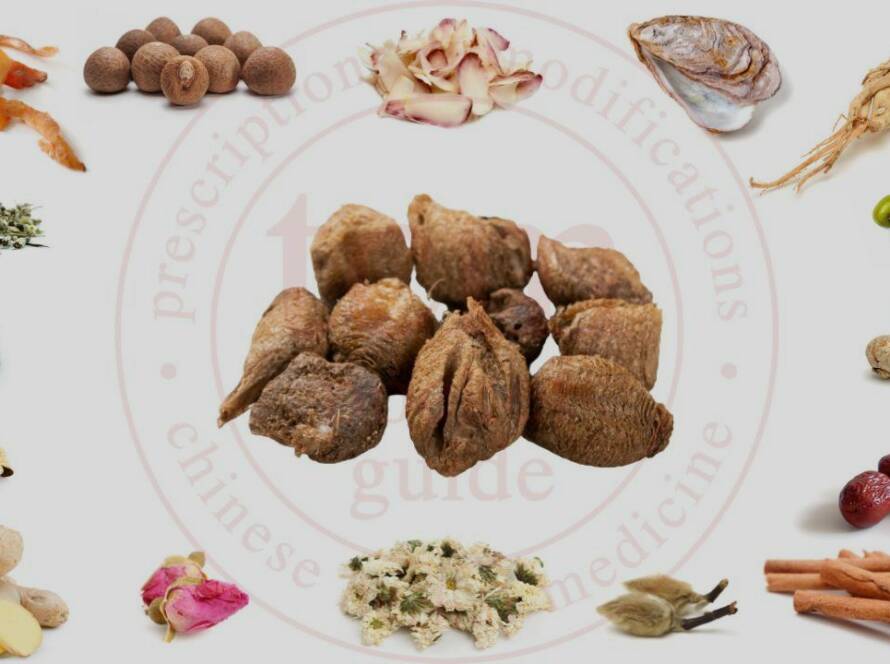dāng guī sì nì tāng is used for patterns with
cold in the channels and blood deficiency, poor circulation of qi and blood, jue yin cold.
symptoms indicating the use of dāng guī sì nì tāng
long standing cold hands and feet cold to the touch and patient himself, cold pain in the joints, legs, lower back and abdomen, lumbago, menstrual pain, uterine pain, diarrhea, increased sweating especially of the feet, increased salivation.
western interpretation of dāng guī sì nì tāng
raynaud’s disease, rheumatoid arthritis, fibromyalgia, sciatica, peptic ulcer, chronic urticaria, frostbite, thromboangiitis obliterans, vertex headache, chronic cold hands and feet, anemia, cold hernia, dysmenorrhea.
explanation of the mechanism
the long-standing cold hands and feet are both cold to the touch and feel very cold to the patient self. the tongue is pale with a white coating, and the pulse is submerged, thin or so very thin that it is almost imperceptible.
the extremities are rooted in the yang. the hands and feet become cold when they are deprived of the warmth and nourishment of the yang qi. because there are no other indications of yang deficiency or ascendant yin, and the pulse is so thin that it is almost imperceptible due to blood deficiency and the congealiing effects of cold, this condition is regarded as being one of cold in the channels in a patient with underlying blood deficiency.
the pale tongue is further evidence of blood deficiency, and the thin, white coating is indicative of cold.
(bensky & barolet)

created with love in switzerland 🇨🇭
feel free to share this content:


